Edit: Southwind
Edit: Southwind
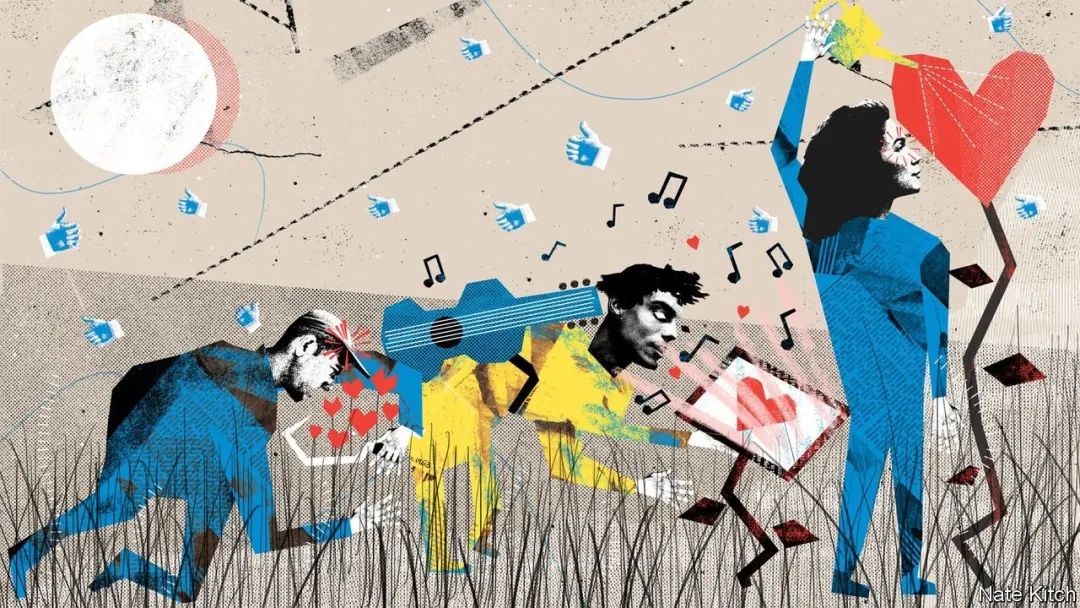
NFTs and the Metaverse Are the Hottest Talk in the Crypto Ecosystem Right Now, But the Next Big Thing Might Just Be Decentralized Social Media(decentralized social media). Like DeFi (decentralized finance), decentralized social media platforms do not have a centralized governing body, and may one day offer viable alternatives to existing platforms like Twitter, Instagram, Facebook, and TikTok. This technology is currently in the embryonic stages of development.
Yung Beef (hereinafter referred to as YB) is the content director and community manager of Subsocial, a decentralized social network platform.he thinkscontent creatorcontent creatoris not fair.He said:
“It’s clear that centralized social networks are vulnerable to a lot of shady things, with arcane algorithms controlling what people see, people being blocked for any reason or banned entirely, etc. And when you consider how many people Making a living off of these platforms, where their bills are entirely determined by centralized institutions, is going to get worse."
The centralized social media industry is plagued by issues such as global censorship, lack of customization, unfair monetization mechanisms, algorithmic dictatorship, and monopoly on network effects, according to the Subsocial platform.
Stani Kulechov, CEO of DeFi money market Aave and a decentralized social media developer, believes that content creators should have a permissionless, censorship-free distribution channel between content creators and their audiences. “At least those who publish content, create content, consume content, share content, they will definitely benefit from decentralized social media,” he said.
image description
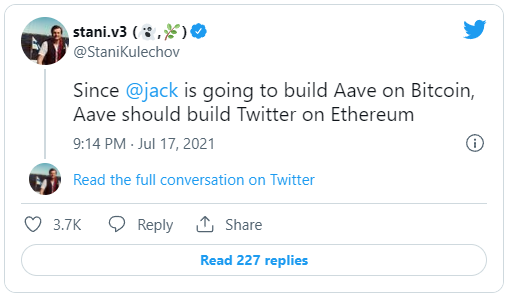
Above: July 2021, Stani Kulechov tweeted that "Aave should build a Twitter on Ethereum".
Michael Marra, founder and CEO of Entre, a social media app that runs on the DeSo blockchain, believes that decentralizing social media is actually about “giving power back to the people.” According to him,One problem with centralized platforms, for both creators and users, is censorship, and another is monetization (profitability).first level title
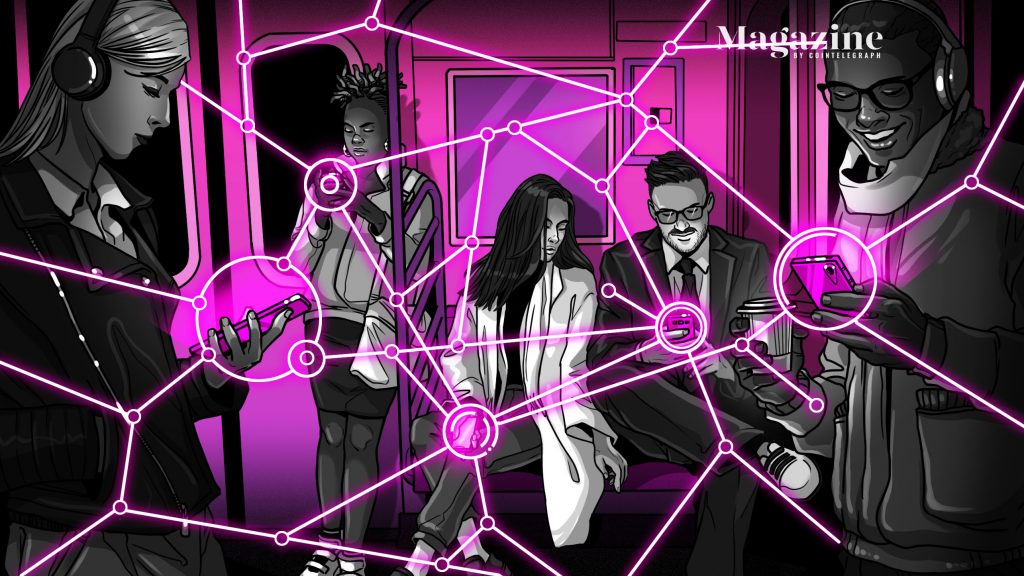
How does it work?
Both centralized and decentralized social media platforms utilize some type of social graph (a social network model that depicts everyone on the platform and the relationships between them) and allow users to interact with each other on the front end of the platform . Traditional centralized social media platforms are completely independent, and data servers are controlled by specific companies. The same goes for Instagram, Facebook, TikTok, etc. In contrast,Decentralized social media platforms run on public blockchains, and for the most part anyone, anywhere can run a node, access the backend, create apps and manage feeds.
According to its website, “DeSo is a brand new L1 (first layer) blockchain designed to scale decentralized social applications to 1 billion users.” The blockchain is open-source, with code and all data stored directly on the chain. More than 200 applications are currently deployed on the Deso chain, andUsers who have created a profile in any app can easily bring their profile and their community of followers to any other app on that blockchain.
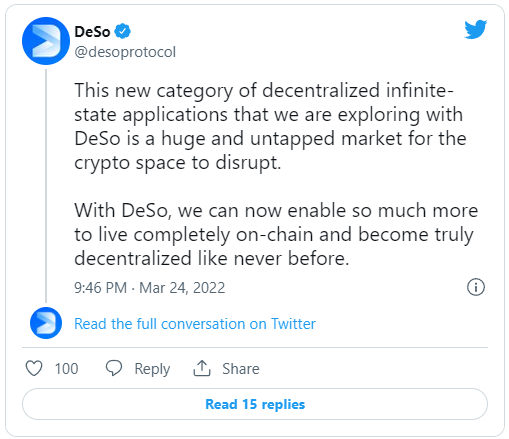
Entre is the abbreviation of "entrepreneur" (entrepreneur), it is a Web3 social application running on the DeSo chain. On Entre, freelancers, people employed by traditional businesses, or any other professional can post Twitter-like content and conduct business transactions on Entre. They can hold meetings, host virtual events, hire staff, and the app's featuresLike a decentralized, digital, and profitable alternative to LinkedIn, Zoom, and Google Calendar—all in one product.
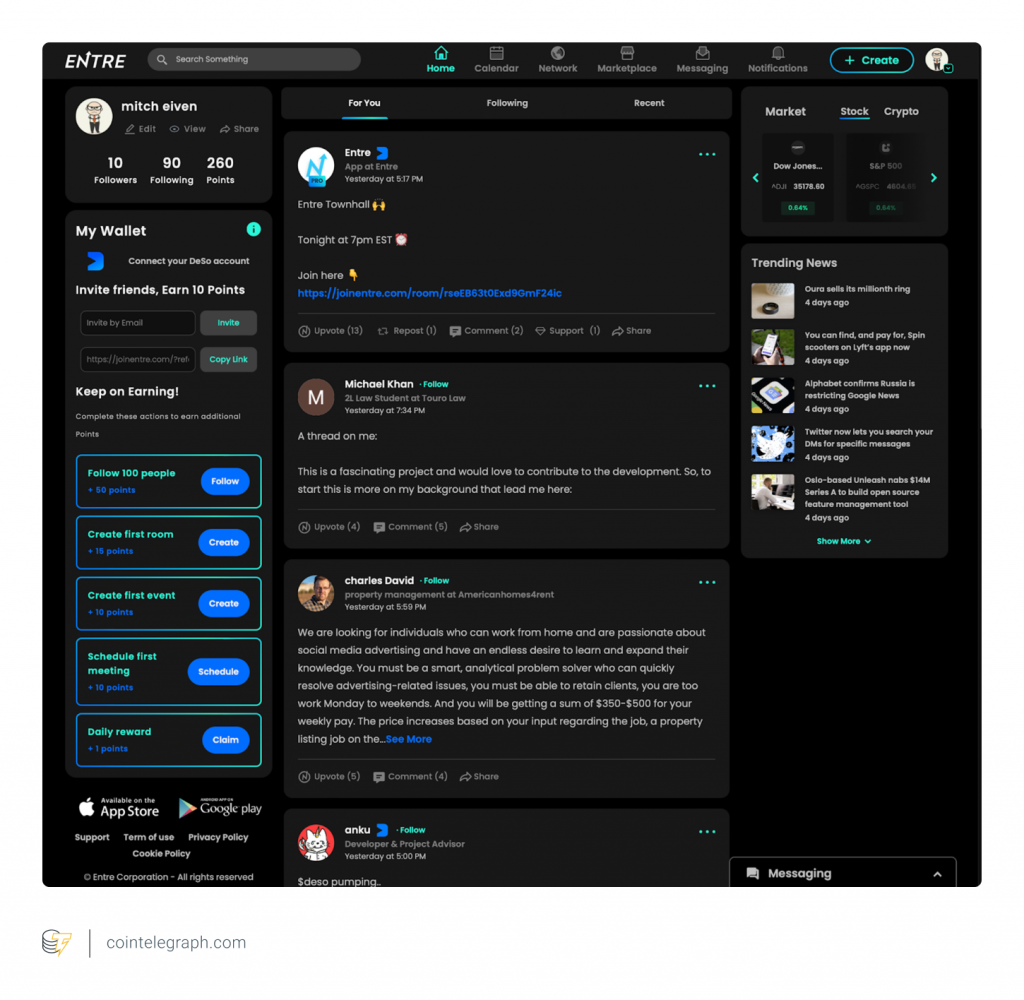
Entre runs on the social blockchain, while Lens Protocol supported by Aave is deployed on Polygon. Stani Kulechov said,Lens "is effectively a decentralized social graph".
According to Kulechov, when a user of an app on the protocol creates a profile, that profile will be tokenized into an NFT. Whenever someone follows a user, they create a relationship on-chain that cannot be broken by the platform or anyone else becauseThese relationships are also tokenized as NFTs, which can be viewed in digital wallets like MetaMask or on OpenSea's web.
Subsocial does not see itself as a decentralized social network, but a platform for building social networks. It allows users to create profiles and customize personal "Spaces" and claims a serverless public timeline, roles and permissions, user governance, moderation, a DAO's space, and a vault. The platform runs on the Polkadot and Kusama blockchains, and it recently created its first app, a decentralized Reddit & Medium hybrid.
According to YB, Subsocial plans to remove these profiles in the future. To save space, all content (images, videos, and text) uploaded to Subsocial is hosted on the IPFS system, and the IPFS content identifier is uploaded to the blockchain. Each IPFS node is hosted by one or more individuals, and these node operators control the content hosted on their servers.
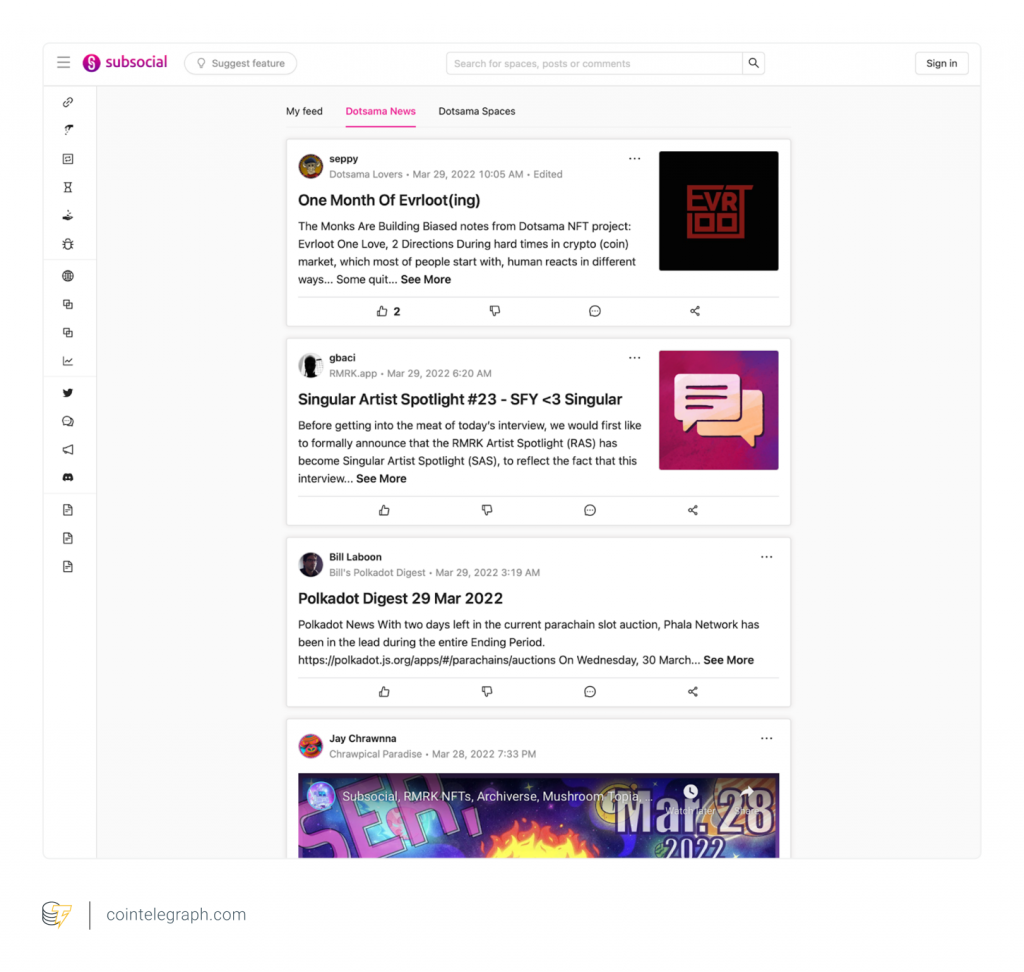
While the developers of Lens Protocol, Entre, and Subsocial are building the next generation of decentralized, Web3 social platforms and applications, others like Theta and Audius are integrating social media tools into decentralized video and audio streaming services. Theta is a peer-to-peer network running on its own blockchain where users share bandwidth to relay video to each other. On its website, YouTube co-founder Steve Chen says Project Theta can "improve video delivery at a lower cost." Just like on YouTube,at the same time,
at the same time,Audius is a decentralized audio streaming platform running on the Solana blockchainfirst level title
How to deal with "bad guys"?
If creators want to monitor their own content on a completely decentralized platform like Subsocial, thenHow to control the spread of illegal content and false information?over the years,Auditing of social mediaAlways a contentious topic, platforms like Facebook and Twitter have done a poor job of filtering dangerous content and maintaining their promise of open dialogue.
YB explained that Subsocial is censorship-resistant, while Kulechov said that Lens Protocol "is built entirely agnostic [in terms of moderation] in the sense that it's a technical solution, essentially it's designed to building social media apps."
Meanwhile, Entre CEO Michael Marra said:
"If it's open, it means anything can come out. But you can control it to a certain extent."
Marra believes that blockchains can be built to facilitate the ability to have things reported by the community. Community members, especially those with higher authority (such as those with a large following or good reputation), can point out that a bad actor is posting questionable content. Violators' content should be sunk in the feed. According to Marra, blockchain verification can also prevent a lot of “those kinds of things” like “you’ll know right away that this person is not a good person.”
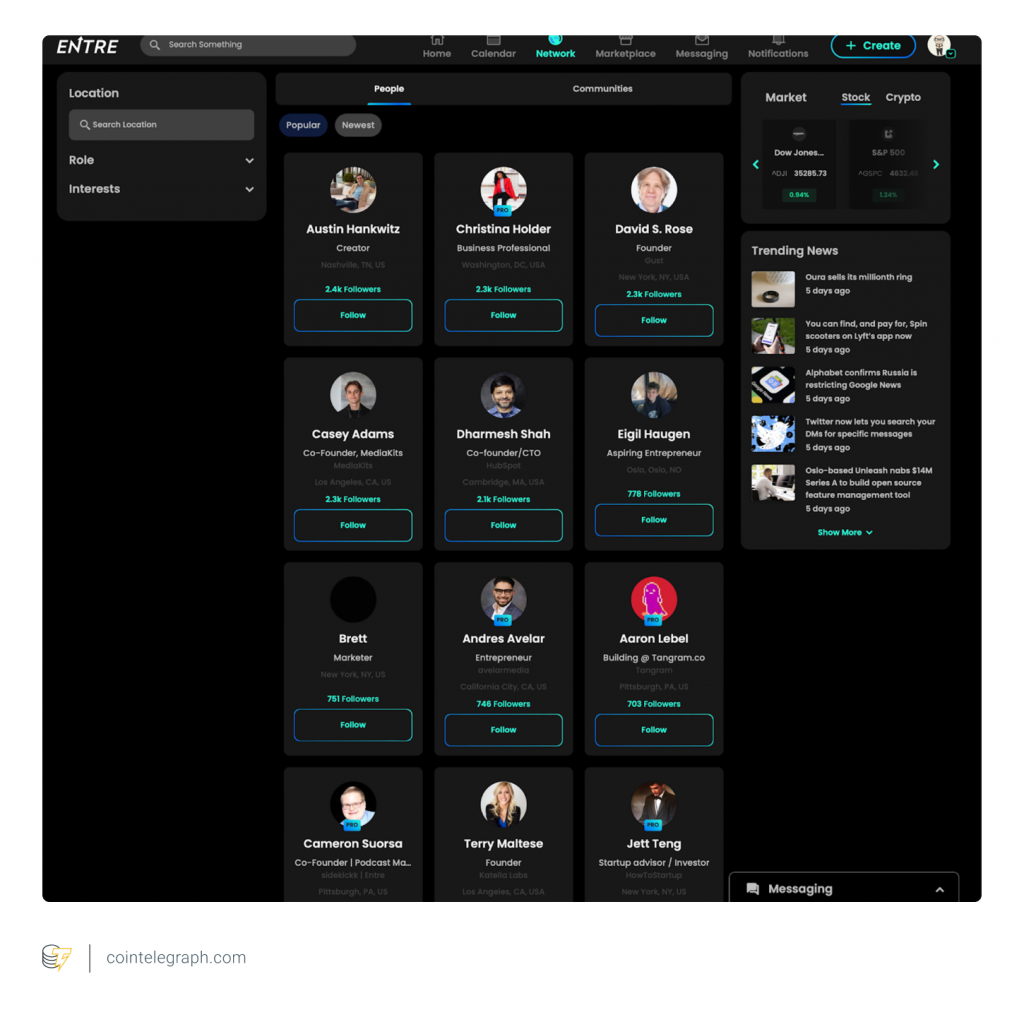
According to Kulechov, auditing creates choice for everyone. Lens Protocol has a shared social graph, all user information is actively connected, and unlike traditional social media, this social graph is decentralized. Kulechov believes that decentralizing the social graph so that everyone can access it presents an opportunity to conduct moderation in a more humane way.
This accessible interconnectivity offers developers the opportunity to create algorithms focused on content moderation. This essentially puts the front end of the protocol (i.e. the application) in a competing position to provide accessibility to accurate, appropriate information. Kulechov said:
"Perhaps the correct way to review content should be community-led, where site personnel in the community announce their identities and conduct review or select algorithms."
Subsocial has three review levels: First, each article is authored in a Space. YB said: “Think of Spaces as a subreddit of Reddit, a Facebook group, a Twitter profile, or a blog. Each Space has at least one owner who can review its content. In addition, each IPFS node is controlled by at least one Hosted by community members. These node operators can control the content hosted on their servers. Finally, anyone can create front-end social applications on the platform. Front-end applications connected to the Subsocial blockchain can read all content on the chain .The node operator can control the content distributed on this front end.
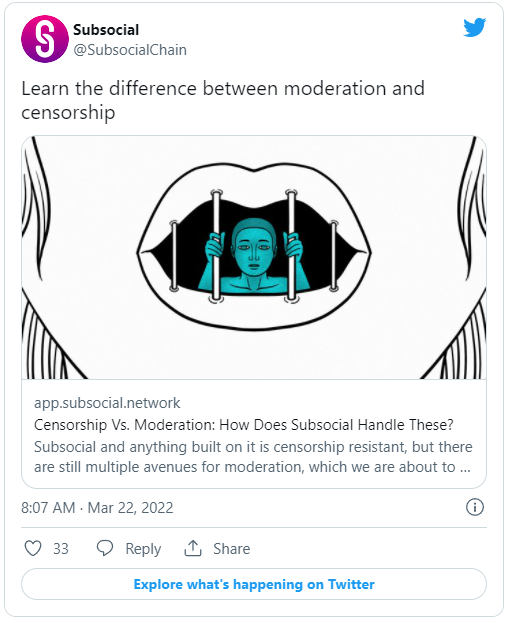
However, YB said that if a front-end operator and a group of bad actors decide to spread misinformation or illegal content, Subsocial can be shut down through an on-chain vote. “It’s going to be a big deal, it’s probably going to be a lot of trouble, but it’s pointless because these people can just create another Space right away and carry on.” YB argues that people have been using the internet to coordinate violence and Sharing Illegal Content - It was just hidden, and still is, because the big social network built on Subsocial doesn't show it.
One caveat, however, is that centralized social media platforms, which have the ability to shut down a creator or community with the click of a button, have struggled for years to curb the spread of illegal content and misinformation. therefore,While relying on community self-moderation is egalitarian and sounds good in theory, it may not be effective in practice. Self-moderation on a censorship-resistant platform may require fully engaged community members. In a Web3 environment, this may not always be the case, as a sufficient number of active community members is required to monitor bad actors on any given decentralized network.For example, a recent analysis ranking community engagement in DAOs showed mixed results.
first level title
Monetization
Fair profit for community members and content creatorsis one of the key features of a decentralized social media ecosystem. Compared with the unbalanced monetization model in traditional social media, the decentralized social monetization model may change the rules of the game for content creators and attract more users to adopt the game.
YB said: "Personally, I think,Monetization is more attractive to content creators than censorship resistance. For example, YouTube takes 45% of ad revenue (creators get the remaining 55%), which is pretty crazy. He further added: "I am very interested in what the reward (to the creator) will bring.I hope we will see the emergence of a micro-tipping economy, because it's easy.See a joke that puts a smile on your face in the morning? Why not tip them (creators) $0.50 right away? "
Lens Protocol has taken a hands-off approach to profitability. “We want to touch monetization as little as possible and give developers more room to figure that out,” Kulechov said. Lens is currently building a very basic monetization feature around content collection and expansion. When a creator posts music, text, audio or video, followers (fans) canCollect these content as NFTs. The platform has different collection modules where followers can mint these NFTs themselves. If those followers then expand the audience for your content,Creator gets fee income, it's like monetizing retweets on Twitter.
On the DeSo blockchain, DESO tokens can be used to purchase creator coins. BitClout, Diamond, and CloutFeed are all Twitter-like apps that allow followers who support a particular creator to invest in that creator's coin, multiplying its value. Although not recommended, these coins can be converted back to DESO and actively traded or cashed out for fiat. According to Marra, Entre is not "interested in creator coins," but more focused onAllows creators to earn DESO by tipping during live broadcasts.
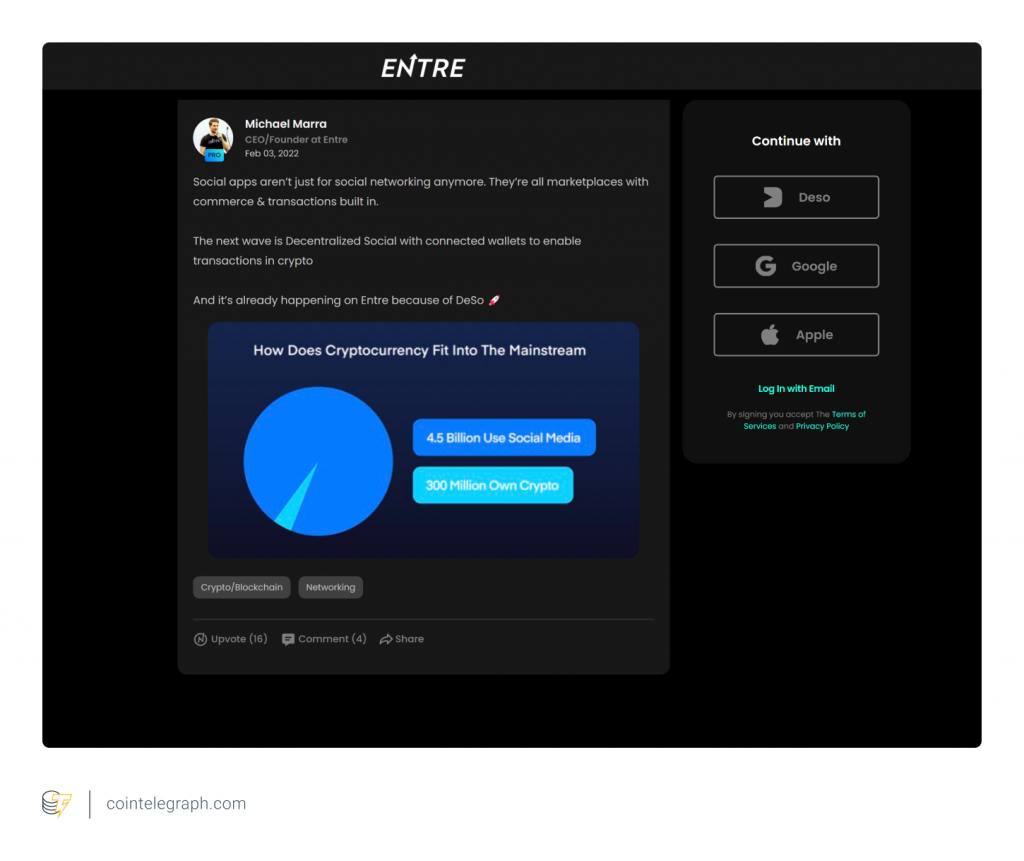
Entre users can also sell tickets to live or virtual events and charge for private one-on-one services like consultations and coaching.The app offers a community function similar to Slack and Discord, which charges a membership fee and allows users to provide services such as graphic design. Currently, DESO is the only cryptocurrency accepted on the app, but Marra intends to offer multiple coins in the future.
Theta has been involved in monetizing the game for some time and offers Crypto rewards to creators, fans and node hosters. The platform has two tokens: THETA and TFUEL. Owners of THETA (its native token) can participate in governance and earn more THETA by staking or running a node. TFUEL is essentially the platform’s utility token, which community members can earn by watching streams on Theta.tv or by hosting Guardian and Edge Nodes. They can use TFUEL to buy real-world goods in the TFUEL store, or use TFUEL to buy subscriptions to premium content.

At the same time, Audius uses its AUDIO token to help artists monetize their work and help fans support their favorite artists. Community members can earn AUDIO by uploading, inviting, linking social media accounts and listening continuously. Fans can send AUDIO directly to the artist.
Clearly, decentralized social media has the potential to tip the balance of fairness and privacy in favor of users and content creators. It could reshape the social media industry and redefine the era of digital freedom of expression in the Web3 era. But in order to achieve this goal, it may still need to find a proper content moderation solution, and it will need to achieve general adoption. But thought leaders in the field are looking to the future, as Kulechov says:
"Adoption is definitely going to be a long game. It could take years to achieve adoption."